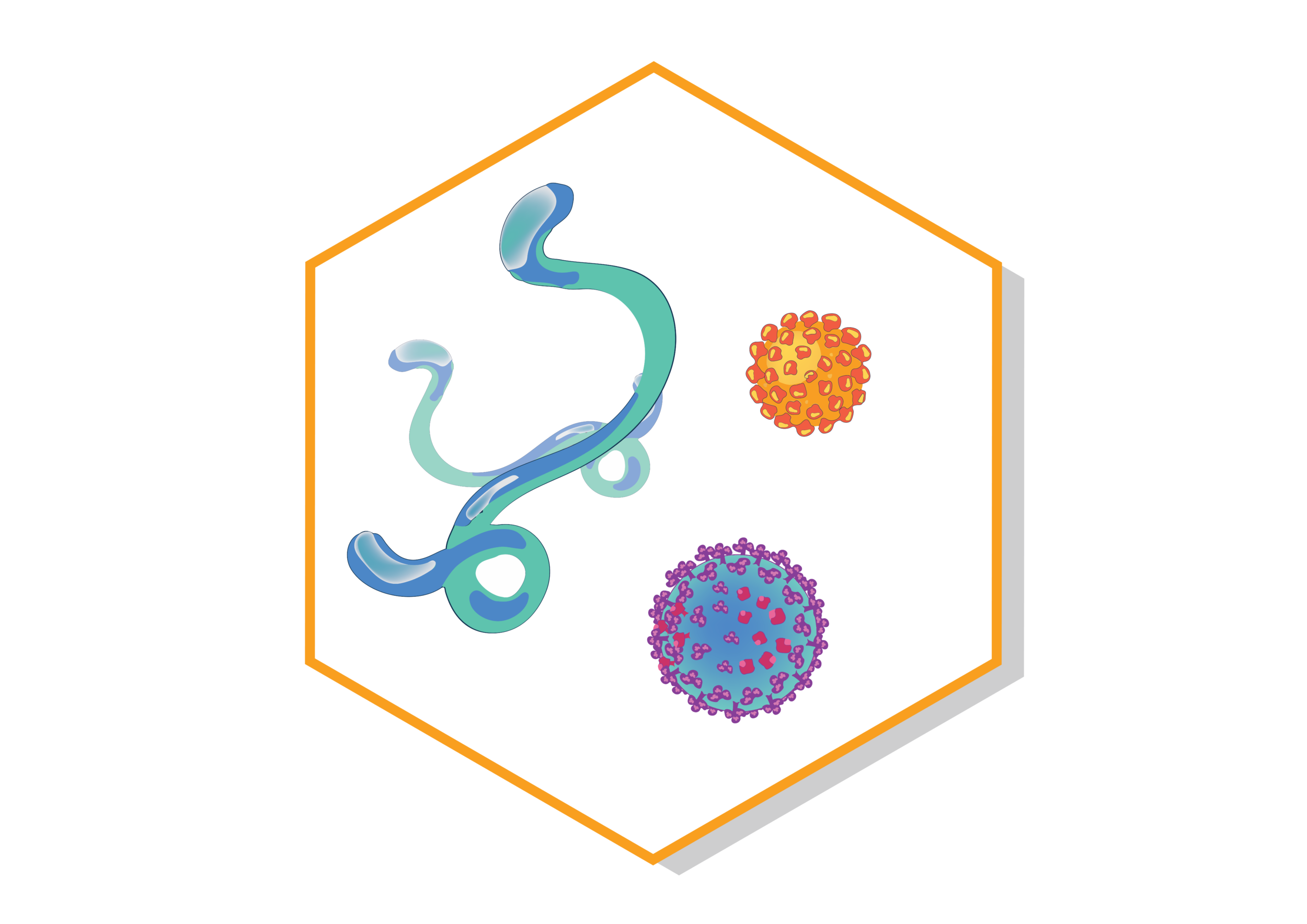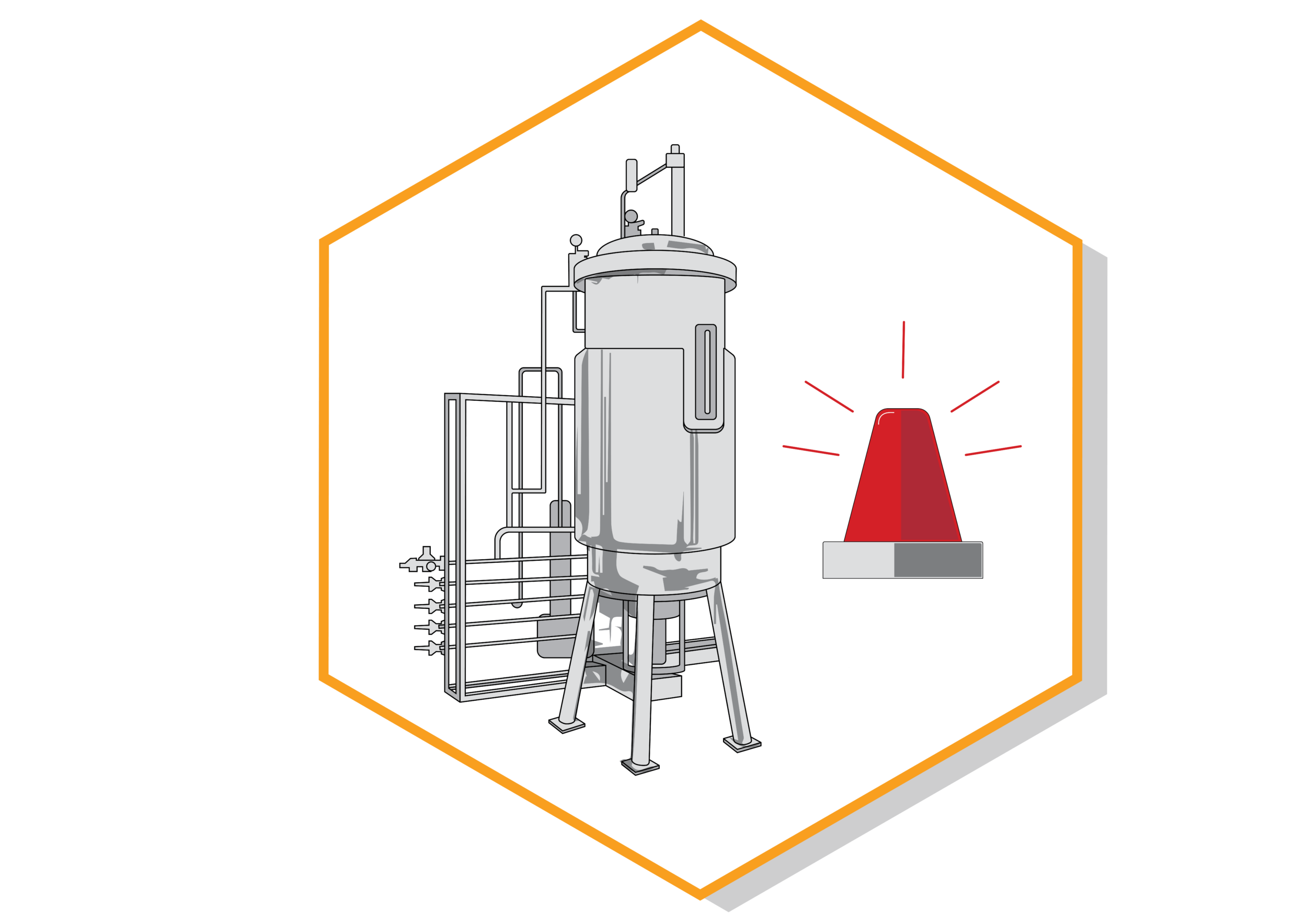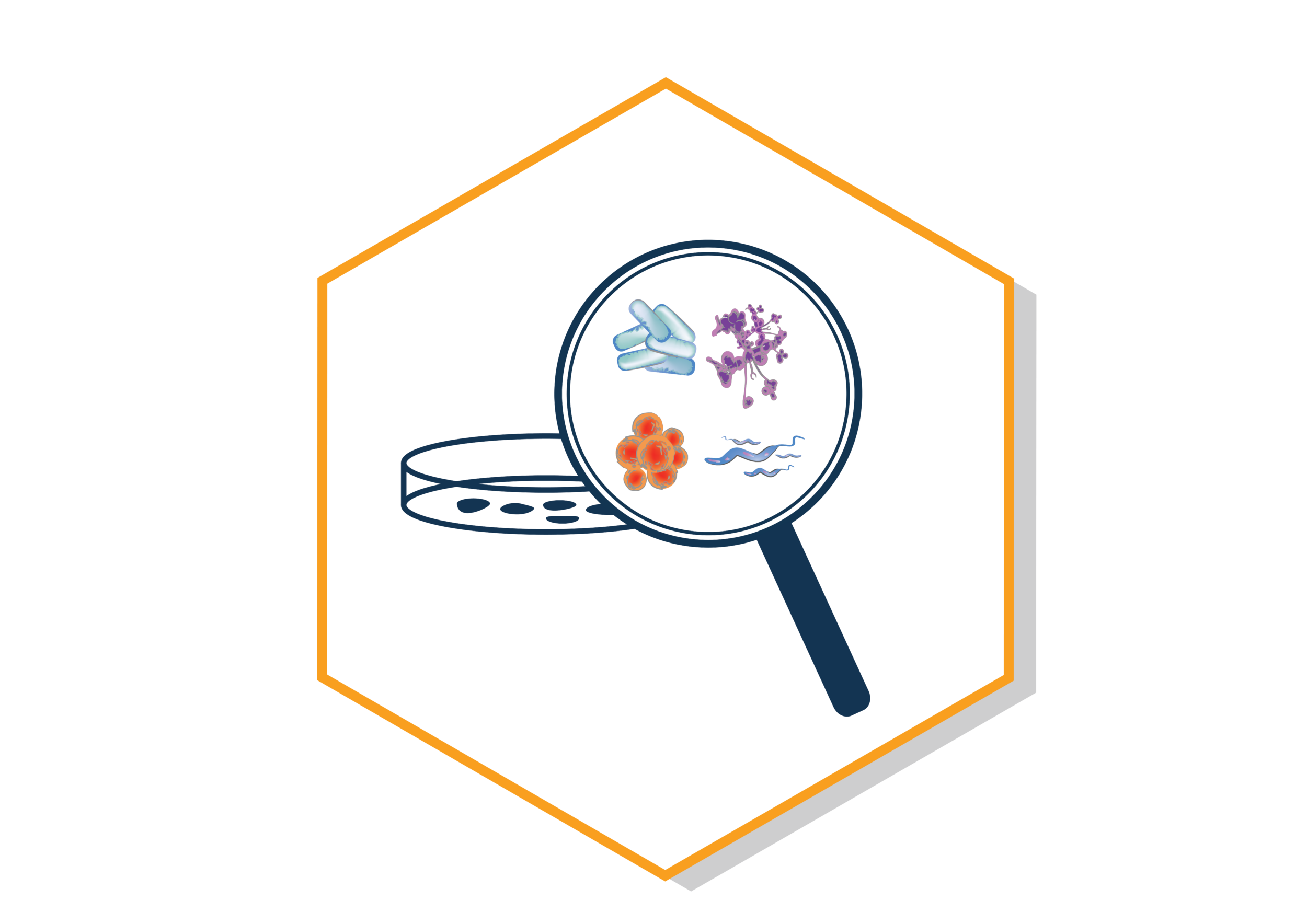NGS Testing for Adventitious Agent Detection
GMP-certified Adventitious Agent Testing with NGS
Table Of Content
NGS Testing for Adventitious Agent Detection
NGS (Next Generation Sequencing), also referred to as High-Throughput Sequencing, Deep Sequencing or Massively parallel sequencing, is an advanced technology that can replace or supplement traditional methods for detecting adventitious agents in biological samples with rapid turnaround times, as described in ICH Q5A (R2). Regulatory bodies, such as FDA and EMA, support NGS due to its ability to address the limitations of conventional in-vitro infectivity assays. These challenges include cases where viruses cannot be effectively propagated due to limitations in culture systems (e.g., norovirus), where assay interference effects are expected (e.g., vaccines) or where viruses do not cause a visible phenotype like a cytopathic effect. Norovirus, as an example, is difficult to grow in-vitro as it requires highly specific conditions that are hard to replicate outside the human intestinal environment. In such cases, NGS testing offers an alternative approach to detect and analyze the virus without relying on its ability to replicate in culture or produce observable changes.
ViruSure offers GMP-compliant NGS testing for adventitious agents – a highly sensitive and comprehensive approach for detecting contaminants, including viruses, bacteria, mycoplasmas, and other microorganisms in biological products and cell lines. NGS testing analyzes all genetic material within a sample, enabling the detection and identification of both known and emerging viruses down to the species level, without the need for prior sequence knowledge. According to ICH Q5A, non-targeted NGS testing can replace or complement in-vitro and in-vivo infectivity assays for detecting a broad range of viruses.
Traditional in-vitro cell-based assays rely on culturing live cells to observe potential infection or replication of agents. However, cytotoxic test samples can compromise cell viability or cause cell death, making it challenging to identify adventitious agents. Additionally, these assays are restricted to detecting specific pathogens. In contrast, NGS testing overcomes these limitations by offering a comprehensive, unbiased method of contamination detection.
Next Generation Sequencing is particularly valuable for analyzing cell banks, virus seeds, and bulk harvests, where traditional methods might experience challenges such as assay interference or incomplete neutralization of viral vectors (e.g., in viral vaccines). As a qualitative limit test, NGS provides broad virus detection capabilities, but its sensitivity and specificity must be thoroughly evaluated for each sample matrix to ensure suitability. To validate NGS methods, spiking studies using reference virus panels are conducted to confirm these critical parameters.
By overcoming limitations of traditional infectivity assays, including the reliance on animal testing, NGS testing supports safer and more efficient testing practices within the biopharmaceutical industry.
Let´s break down some FAQs!
What are the steps to take after a positive hit in NGS testing?
When obtaining a potential positive hit using NGS, follow-up analysis is crucial to confirm its significance. An infectivity assay, available at ViruSure, can determine if the contaminant is actively replicating, distinguishing true from false positives. Alternatively, qPCR can quantify the contaminant’s titre, or NGS with a transcriptomics approach can identify replication-related RNA species. Each method provides valuable insights, ensuring accurate interpretation of the results. Depending on the context, a combination of these approaches may be recommended to fully assess the biological relevance of the hit.
How is a hit distinguished from a background signal in NGS?
To ensure accurate adventitious agent detection with NGS, host signals are removed by mapping data to reference sequences, if available. Controls (negative, positive, reagent, interference, and internal) are included to ensure reliability and optional pretreatment steps (e.g., nucleases, ultracentrifugation) help reduce host background. Key criteria include percentage identity of the read to viral references, non-viral database annotations, read counts, and genome coverage. For example, HIV is often detected in NGS datasets. However, when closer investigating the underlying alignment, only a small region of the genome is covered. This region is similar to other human RNA species, invalidating this result as a true positive hit. This highlights the importance of thorough analysis of the results obtained from an NGS run.
Comparing in-vitro AAT and NGS for adventitious agent testing – which method is more effective?
NGS testing is more suitable for testing products like viral vaccines and virus seed lots due to challenges associated with in-vitro infectivity assays, such as interference from the sample matrix or the need to neutralize or dilute the virus before testing. These steps can reduce sensitivity, especially for detecting contaminants present at low concentrations. NGS overcomes these limitations by detecting viral contaminants even in complex samples, making it a better choice for viral vaccine testing.
However, in-vitro AAT remains valuable, particularly for non-viral products (e.g., cell banks), where it offers higher sensitivity for detecting replicating viruses. If a positive signal is detected, it confirms the presence of an actively replicating virus, providing a clear indication of a potential contamination. In contrast, NGS detects both active and inactive viral particles, such as inactivated BVDV in gamma-irradiated FBS, which may lead to positive signals that pose no safety concern. While NGS testing is highly comprehensive, it cannot distinguish between inactive particles and actively replicating viruses.
Can NGS testing replace in-vitro and in-vivo infectivity assays?
According to ICH Q5A (R2), NGS can replace in-vivo infectivity assays by offering a platform for broad virus detection while supporting the 3Rs principle to ethically reduce animal testing. Additionally, NGS can supplement or replace in-vitro infectivity assays for detecting both known and unknown viruses. Unlike traditional assays, NGS is not limited by cell line susceptibility to infection or issues such as interference from sample matrices or cytotoxicity (e.g., viral vaccines).
However, in-vitro AAT remains essential for its superior sensitivity in detecting actively replicating viruses through amplification. Combining NGS testing with in-vitro AAT provides a robust strategy, leveraging the strengths of both methods to ensure comprehensive viral detection and characterization across diverse sample types.
Why is NGS a qualitative limit test?
A qualitative limit test determines if a substance is present above a certain threshold. NGS, as a qualitative limit test, is able to determine the presence or absence of specific contaminants in biological samples by assessing whether they exceed a predefined threshold (e.g., viral load). Based on this limit of detection (LOD), the results are either positive or negative. Specificity demonstrates the breadth of detection for different types of viruses and ensures the accurate identification of contaminants above the established threshold.
How is specificity ensured in NGS testing?
To ensure the specificity of a NGS pipeline, spiking studies need to be conducted during validation. Therefore, representative sample matrices are spiked with a defined reference panel consisting of viruses with various characteristics (e.g., ssDNA/dsDNA, ssRNA/dsRNA, enveloped/non-enveloped) at different concentrations. The validation process must demonstrate that all spiked viruses can be reliably recovered, and no false positive signals are obtained. During sample testing, negative controls are processed alongside the sample to monitor for any potential viral signals introduced by the materials used in the procedure.
If you’re interested in learning more, don’t hesitate to reach out



